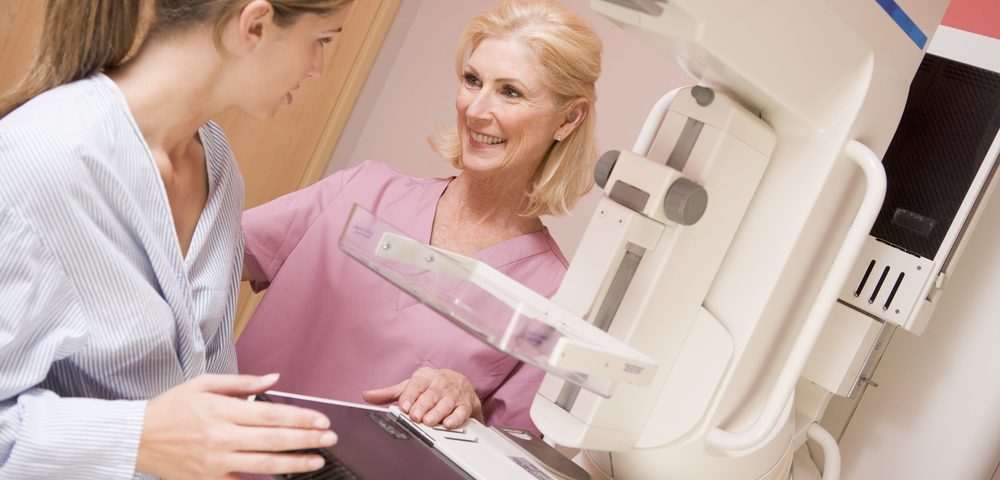The number of Medicare patients having mammograms increased slightly, but significantly, in the three years following implementation of the Medicare Shared Savings Program (MSSP), the largest value-based population reimbursement program in the U.S. history.
The study, “Impact of Medicare Shared Savings Program Accountable Care Organizations at Screening Mammography: A Retrospective Cohort Study,” was developed at Johns Hopkins Hospital and published in the journal Radiology.
Accountable care organizations (ACOs) have been developed to encourage healthcare provider networks to share responsibility for healthcare costs, with financial incentives for networks that reduce costs. ACOs were created as part of the Affordable Care Act, also known as Obamacare.
The MSSP allows ACOs to share in cost savings if they meet specific quality criteria and produce requisite reductions in the total cost of care.
“The Affordable Care Act encourages experimentation with alternative-payment models,” Anand Narayan, MD, study lead author and epidemiologist at Johns Hopkins Hospital in Baltimore, said in a news release.
“In the value-based model, instead of being paid for doing more tests and procedures, providers get fixed payments tied to measures of whether they are doing a good job or not,” Narayan explained.
Screening mammography use is the only imaging-related quality metric in the MSSP, and the impacts of population-based reimbursement changes on screening mammography use in the MSSP remains unknown.
To evaluate the effect of ACO incentives on the use of screening mammography in the MSSP, Narayan and colleagues reviewed Medicare data for women, ages 40 to 69, who underwent screening mammograms between 2012 and 2014. In 2014, a total of 333 ACOs with 5329831 Medicare beneficiaries participated in the MSSP.
At baseline, a wide variation was seen in mammography use across ACOs, with highest use in the Midwest (66.6) and lowest use in the South (58.2), the researchers reported.
For the 208 ACOs that provided follow-up data, screening mammograms increased 2.6%, with 128 (61.6%) reporting better mammogram rates. But results showed considerable differences among distinct ACOs, with variations in mammogram screening from baseline ranging from a 42.2% increase to a 33.2% decrease.
Among patients treated under conventional fee-for-service programs, however, screening mammography rates either remained the same or decreased during the same time period.
According to Narayan, it’s not clear what practices these ACOs established to increase mammogram use. “While we weren’t able to look at specific practices to see what these organizations did, a wide variety of strategies have been discussed,” he said. “Many strategies revolve around communications, such as phone calls, letters, group health education sessions, peer counseling and home visits.”
Narayan believes quality of care will increase over time if physicians work together to warrant that each patient is following screening recommendations for several diseases.
“In radiology, we can take an active role in working with other clinicians to ensure that people get appropriate preventive health services,” Narayan said. “For instance, if a 50-year-old woman comes in for a screening mammogram, we could check to see if she is following screening recommendations for colorectal cancer, cervical cancer and other conditions.”

